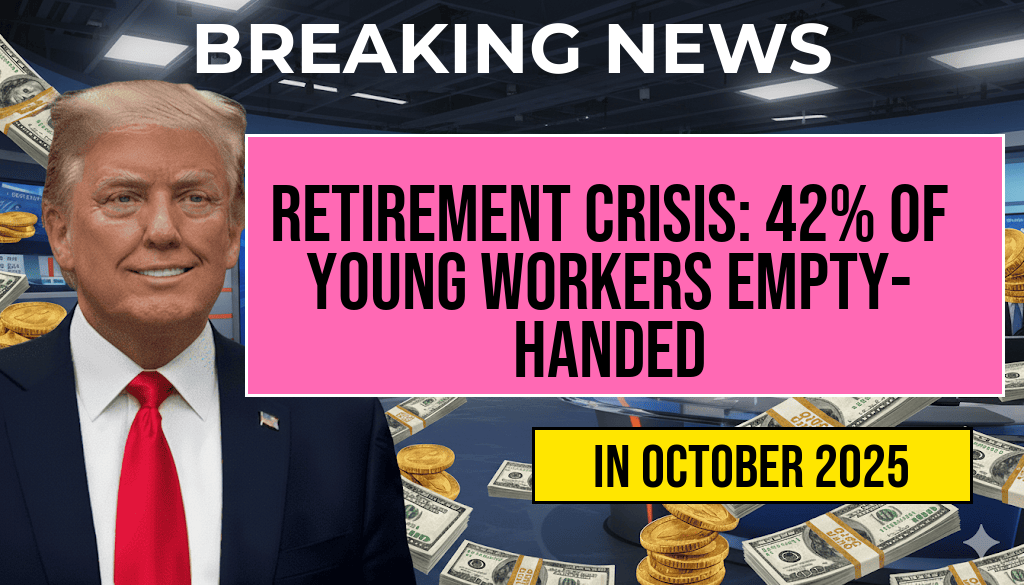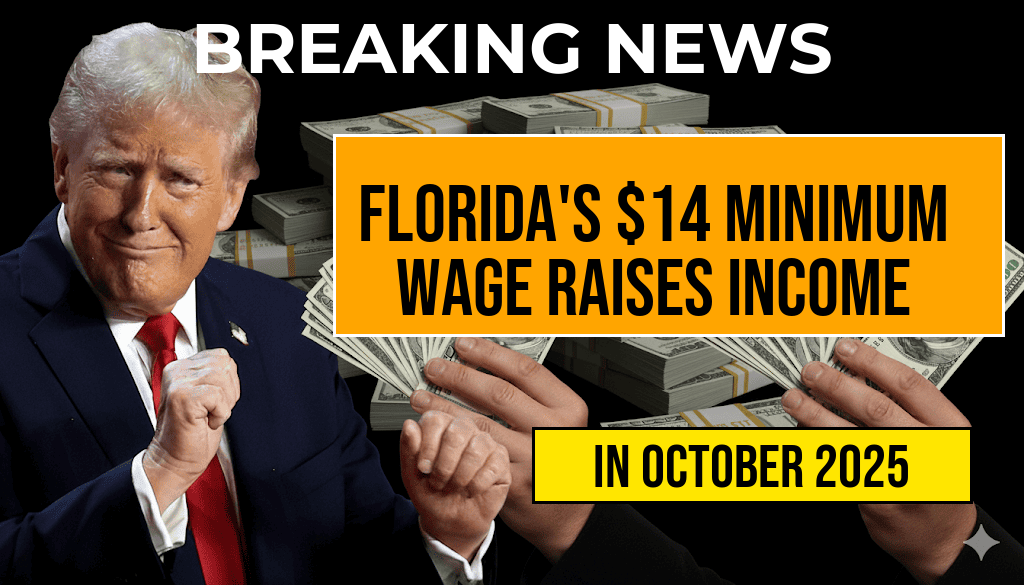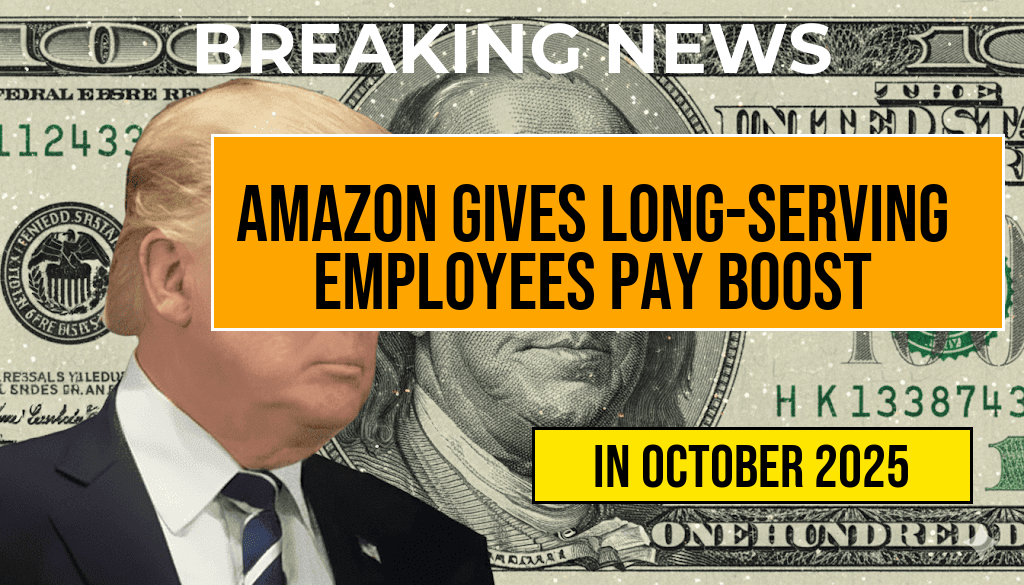The Internal Revenue Service (IRS) has announced significant adjustments to the annual contribution limits for 2025, with the 401(k) contribution cap rising sharply to $23,500 for employees. This marks one of the largest increases in recent years, reflecting ongoing inflation adjustments and evolving retirement planning strategies. Starting January 1, 2025, workers can contribute up to this new maximum, providing increased opportunities for retirement savings amidst changing economic circumstances. The IRS’s annual updates aim to accommodate inflation and ensure that retirement accounts maintain their purchasing power over time.
Understanding the 2025 401(k) Contribution Limit Increase
The IRS’s adjustment of contribution limits is based on the Consumer Price Index (CPI), which measures inflation. For 2025, the increase from the previous limit of $22,500 to $23,500 represents a 4.44% rise. This adjustment allows employees to set aside more money on a pre-tax basis, potentially accelerating their retirement savings trajectory. The increase also aligns with broader economic trends, as inflation has persisted at levels that warrant such adjustments.
Key Changes in Retirement Savings Limits
| Year | Employee Contribution Limit |
|---|---|
| 2024 | $22,500 |
| 2025 | $23,500 |
In addition to the employee contribution limit, other parameters related to retirement accounts have also seen adjustments. The catch-up contribution limit for employees aged 50 and over remains at $7,500 for 2025, allowing older workers to contribute more as they approach retirement age. The total combined contribution limit, including employer contributions, now stands at $66,000 or 100% of the employee’s compensation, whichever is lower.
Implications for Employees and Employers
The increase in the contribution limit provides a meaningful boost for workers aiming to bolster their retirement savings. For employees, contributing the maximum can significantly enhance their nest egg over time, especially considering the potential for compound growth. Employers offering 401(k) plans may also see increased participation rates as employees are encouraged to maximize their contributions, particularly with the higher cap in place.
Strategies for Maximizing Retirement Savings
- Adjust contribution percentages: Employees should consider increasing their contribution rates to reach the new maximum, especially if they are currently contributing less.
- Utilize catch-up contributions: Workers aged 50 and above should take advantage of the additional $7,500 to accelerate their savings.
- Review investment options: With higher contribution limits, it’s crucial to ensure that investment allocations align with long-term retirement goals.
- Plan for employer matches: Contributing enough to maximize employer matching contributions is an effective way to increase overall savings.
Context of Inflation and Retirement Planning
The significant jump in contribution limits for 2025 highlights the ongoing need for retirement planning to keep pace with inflation. As the cost of living continues to rise, increasing savings capacity becomes vital for maintaining financial security in later years. Financial advisors recommend that workers periodically review their retirement strategies to adapt to such changes and optimize their savings efforts. The IRS’s adjustments serve as a reminder of the importance of proactive planning in a fluctuating economic landscape.
Additional Resources
- Retirement savings in the United States – Wikipedia
- Forbes: What The New 401(k) Contribution Limits Mean for Investors in 2025
Frequently Asked Questions
What is the new 401(k) contribution limit for 2025?
The 401(k) contribution limit for employees will increase to $23,500 in 2025, allowing for higher savings potential.
Who is eligible to contribute up to the new limit in 2025?
All eligible 401(k) plan participants can contribute up to the $23,500 limit in 2025, subject to plan-specific rules and IRS regulations.
Are there catch-up contribution provisions for employees aged 50 and above?
Yes, employees aged 50 and above can make additional catch-up contributions, which are expected to increase accordingly alongside the standard limit.
How does the increased 401(k) contribution limit impact retirement savings?
The higher contribution limit enables employees to save more for retirement in 2025, potentially leading to a more secure financial future.
When will the new 401(k) contribution limit take effect?
The increased limit will be applicable starting with the 2025 plan year, giving employees and employers time to plan for the change.







